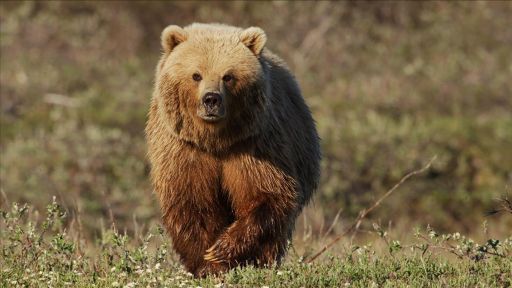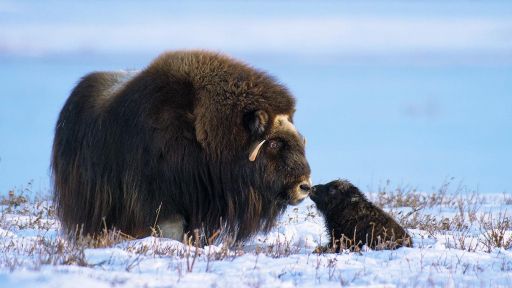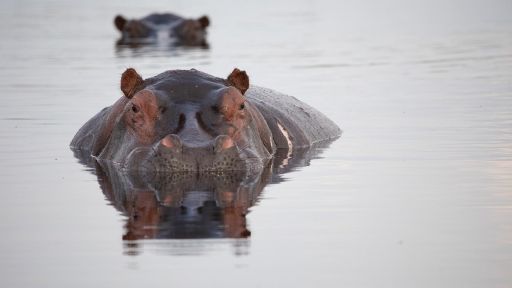A polar bear mother and her cubs search for scraps during a too-hot summer. In the Southern Beaufort Sea, there are only about half as many polar bears as there were 35 years ago. North Alaska has the largest oil field in America, and its effects can be seen in the changing landscape and climate.
Features



- [Narrator] Years are more variable now, and polar bears are showing unexpected flexibility.
They search for smaller prey and scavenge or fight over scraps.
The Arctic Refuge is a safe home, but there is no refuge from the outside world.
It's too hot for them.
The July record here is now 85 degrees Fahrenheit.
It's often hardest for a mother.
Polar bear cubs are born in mid-winter.
This coast is one of the most important onshore denning areas in North America.
These cubs are almost two years old, but still need their mother's milk.
(bears grunting) Polar bears have declined in the southern Beaufort Sea.
There are about half of how many were here 35 years ago.
These are desperate times.
(machines rumbling) North Alaska has the largest oil field in America.
The base at Prudhoe Bay is next to the Arctic National Wildlife Refuge.
It's a stark reminder of the cause of the changing seasons.
(machines rumbling) Pipelines extend south and cross several caribou migration routes.
The polar bears search for food across land now scarred by oil exploration.
You May Also Like






